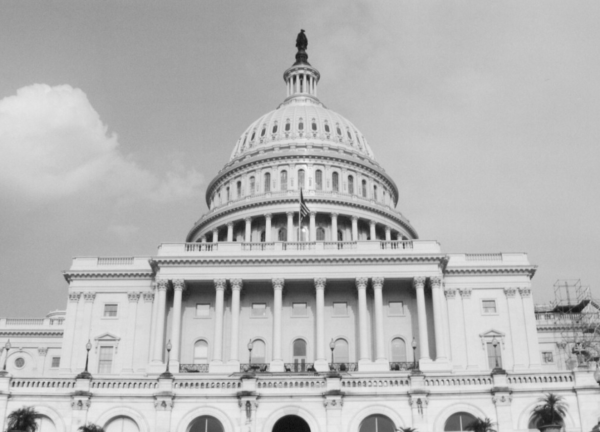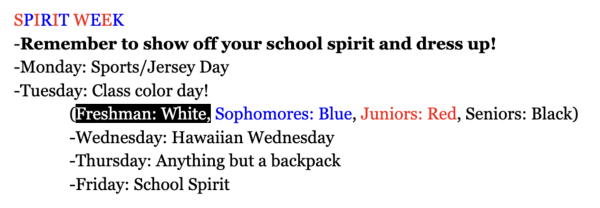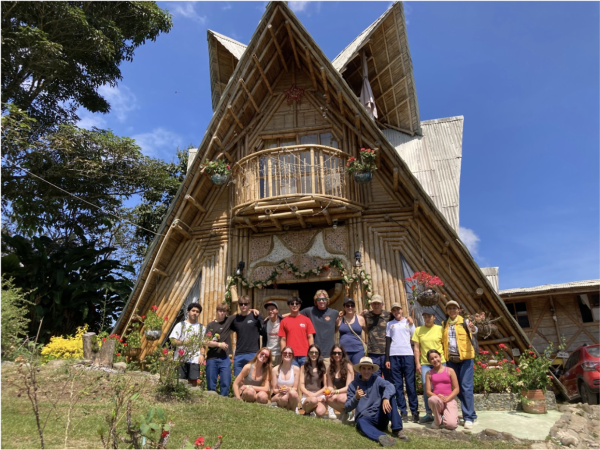Demonstrating responsibility with protests
Locals should exercise their First Amendment rights with respect to the public, authorities.
February 4, 2016
With the world’s eyes focused on the Super Bowl and Super Bowl City, a fan-based zone downtown with football-based activities, is attracting citizens throughout the Bay Area to utilize their First Amendment rights through a stream of organized protests that are more than just marching around with signs.
Taking action to draw attention to unjust laws is not only a right of American citizens, but it is a duty. Being well-informed and prepared for the protests helps lead to more effective action.
The commotion of a closed street or bridge brings confusion and frustration to some, but to those who are protesting for better laws, it is just another step in the direction of change.
Twenty-five demonstrators in a local Black Lives Matter protest chained themselves to the Bay Bridge on Martin Luther King Jr. Day, and they were arrested later for being a public nuisance and obstructing the passage, according to the California Highway Patrol.
The responsibility that comes with protesting includes obeying the laws to the extent that they do not disrupt the public. Protesters must have permits to march, otherwise marches may only take place on sidewalks, and they must obey existing traffic and pedestrian laws, according to the American Civil Liberties Union.
Yet, civil disobedience can be an effective form of protest when taken with limitations because it demonstrates the point without causing destruction.
Passive resistance leader Mahatma Gandhi led the Salt March of thousands of people across India as a form of peaceful protest against British rule in the 1930s. Using civil disobedience to stand up to unfair ruling is more efficient than breaking windows and setting cars on fire — not uncommon in events in San Francisco protests — which ramp up negative attention opposed to advocating for real change, which Gandhi and the people of India accomplished in the next decade with their freedom from British rule.
Mindlessly causing destruction does not accomplish anything.
The lunch counter sit-ins, in which four African Americans in Greensboro, North Carolina, remained in their seats after unfairly being refused service, also served as a peaceful protest gained success because of its non-violence and momentum for the start of the civil rights movement.
Although they were breaking the law, they were not causing destruction and other potential patrons could have continued eating.
When protesting, it is important to not let emotions get in the way and cause impulse decisions, and for protesters to have a clear understanding of what is being protested.
Fully understanding the issues that are happening locally and globally is the first step for communities to cooperate with government authorities to actually find solutions to make the protests worthwhile.
If there is a complete lack of understanding on both ends, there cannot be progress.
Citizens can find simple ways to use these rights to get involved in their communities’ decisions, and finding the time to do so is important.
Only 38 percent of 18 to 24-year-olds voted in the 2012 presidential election, according to the Young-Adult Voting: An Analysis of Presidential Elections, 1964– 2012 census.
Being oblivious to social justice issues and political decisions is unacceptable behavior as being a member of society. Students who will be 18 by June 7 can and need to register to vote by May 15, and be informed about all the voting options on the ballot, and then vote.
Complaining about race, gender and other issues is not enough if action is not taken. It’s time to get to polls, sign those petitions and participate in protests and to be a global citizen and advocate for change.










